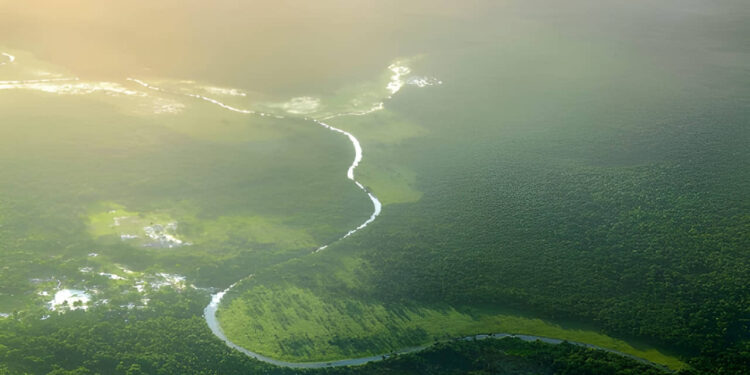Data from Brazil’s National Institute for Space Research showed that the year through July 2025 saw Amazon rainforest deforestation in Brazil fall by 11% on the year to the lowest level in almost a decade. The total deforested area was 5,796 square kilometers, down from 6,518 square kilometers a year earlier, with the decline now logged for a fourth year and the figure at its lowest in nearly a decade. This substantial reduction is being attributed to stricter environmental enforcement, improved satellite monitoring, and better coordination of federal agencies under President Luiz Inácio Lula da Silva’s watch.
At the same time as deforestation declined, Brazil registered a dramatic escalation in wildfires. This was due to severe drought and high-heat events, which rendered vast portions of the woods extremely dry and highly combustible. Around 2.78 million hectares of the primary forest area succumbed to flames—one of the major such fires over this thirty-year period—which accounted for around 60% of the total area loss, suggesting that fires and forest disruption continue to be significant threats. Nevertheless, burnt areas have decreased by 45% in the last year, which could indicate a degree of recuperation.
In 2025, the Brazilian Government increased the scope of environmental inspections, conducting 9,540 checks and imposing fines of about 2 billion reais. Furthermore, the state seized thousands of pieces of machinery and livestock, among other things, associated with unlawfully cleared land. The reduction in deforestation also affected the Cerrado savannah. It’s a comparatively large area of biodiversity that experienced forest loss of 11.49%, totaling 7,235 square kilometers—the lowest over the past six years.
With Brazil hosting the United Nations COP30 climate summit in Belém, the world is paying attention to how long such environmental achievements can be sustained. By 2030, Brazil aims to put a stop to illegal deforestation, a lofty goal that its Environment Minister, Marina Silva, believes is entirely realistic. Moreover, Silva is convinced that the world needs to do more to protect the Amazon, an endeavor that could cost nearly $125 billion if a similar project, the Tropical Forest Forever Facility, were to take place.
With a vast carbon storage capacity, the Amazon rainforest still plays a critical role in combating climate change. However, the need to achieve a sustainable balance between conservation and expanding economic development creates many risks. Among them, the situation with new roads, gold mining, revival of the soy moratorium, and others threatens the advances already achieved. In conclusion, the latest data show that Brazil’s Amazon deforestation has been among the lowest over the past 10 years, driven by an 11 percent decrease due to more decisive Government actions and monitoring. Nonetheless, environmental threats such as wildfires persist, and these risks will remain a focus at COP30 in Brazil.


